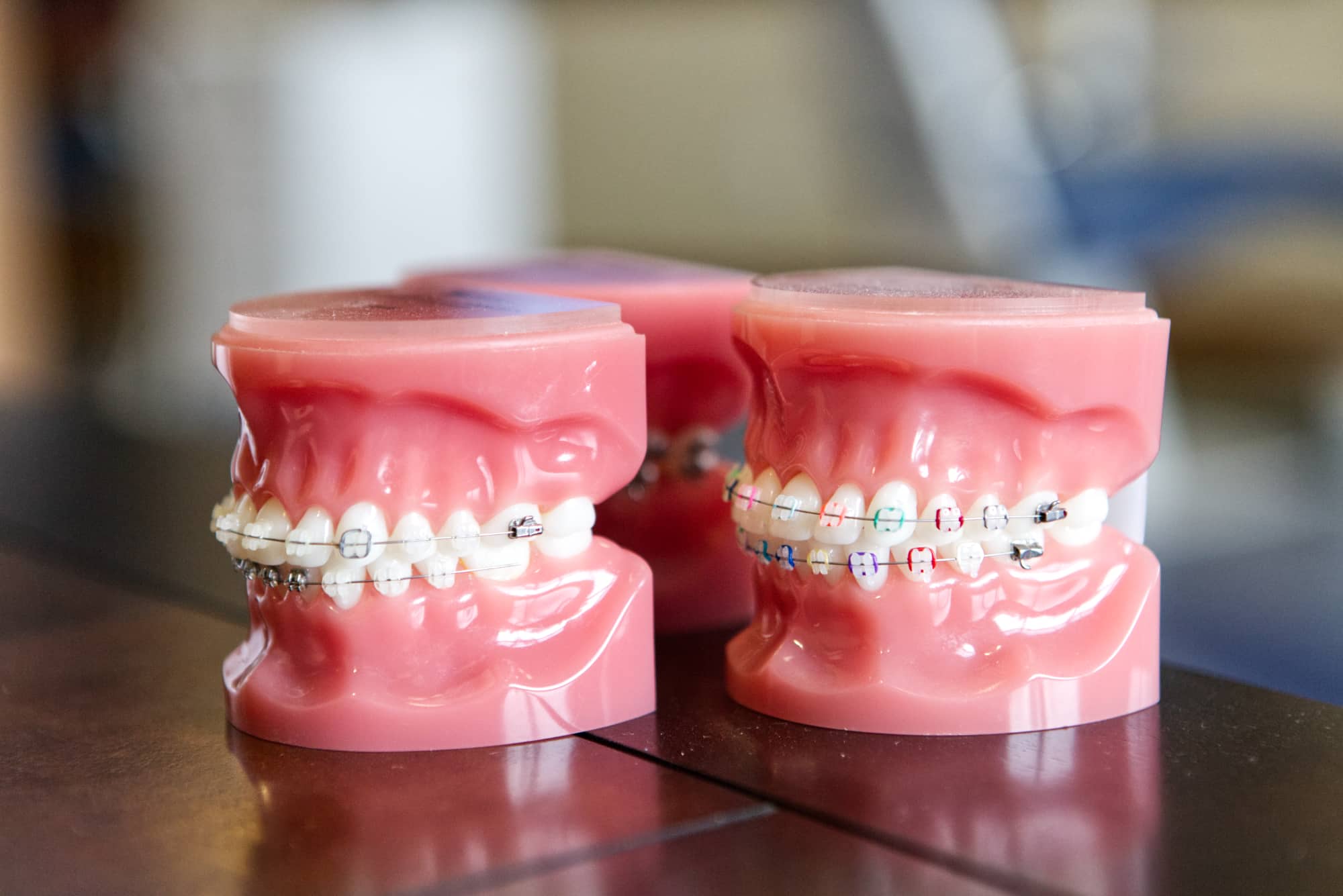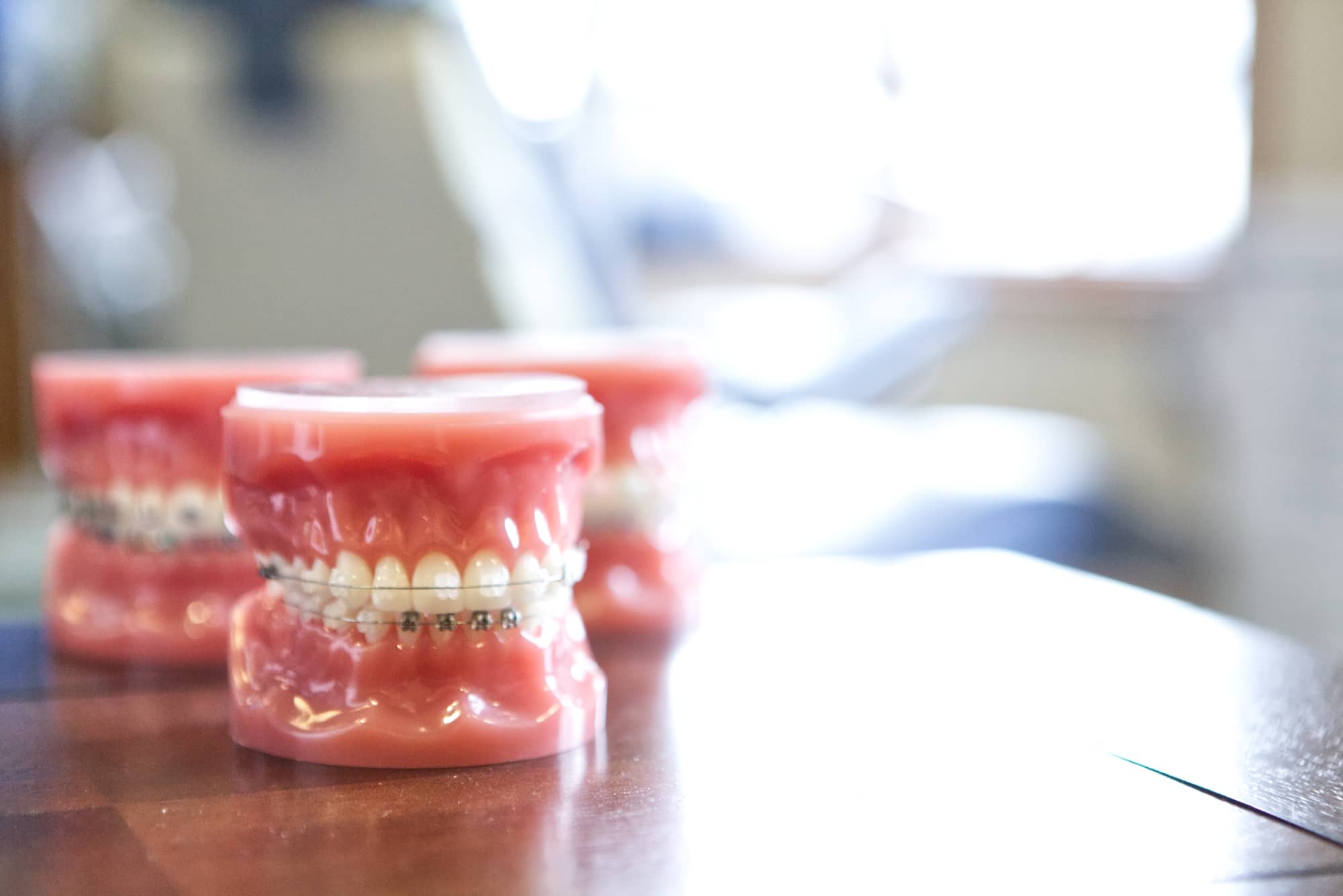When you’re exploring the idea of orthodontic treatment, it’s not unusual to end up with an entire list of questions about the process. Choosing to straighten your smile is a big decision, and you should have as much information as possible about everything treatment involves. Here at Kovacs Orthodontics, we’re committed to helping you explore all the options available to you and creating a personalized plan based on your specific needs and goals!
The first step is scheduling an initial consultation with one of our offices, which are conveniently located in Billings and Miles City. During this visit, you’ll have the chance to discuss your concerns with Dr. Kovacs, including:
- how orthodontic treatment will change your smile
- which treatments would be a good fit for your needs
- what payment options are available to you
- what differences exist between popular treatments like metal braces and clear aligners
That last point is what we’re exploring in this blog! Traditional metal braces and Invisalign clear aligners are the most common treatment options we use, and we believe you should know the pros and cons of each. Having this information will help you decide which treatment options would be the best fit for your unique smile. Keep reading below to learn more!
The basics of both treatment options
Braces and aligners both apply gentle force to the teeth to move them into straighter positions over time. This will align your teeth and jaws, improve the appearance of your smile, and increase your oral health. Traditional braces have been used for years in various forms, so they have a well-established history of successfully correcting a variety of orthodontic issues.
Invisalign, however, is a newer treatment method, but over the last twenty years, has enjoyed enormous popularity with teens and adults. Braces and Invisalign are both excellent options for anyone interested in achieving a beautiful smile, but there are some important differences between them you should be aware of.
Metal braces
Traditional metal braces put a bit more emphasis on function over style, but they’re still an incredibly effective option for correcting a wide range of orthodontic issues. They’re especially useful for more severe or complex cases. Every case is different and each patient responds to braces in their own way, so exact treatment times will vary. However, the average patient can expect to spend anywhere from 18-36 months in braces.
Braces can come with a bit of a learning curve in the beginning. There are certain foods that should be avoided throughout treatment since crunchy and chewy foods can damage the brackets and wires. You’ll also need to adjust your dental hygiene routine. It can be tricky learning to brush and floss around braces, but this is an essential part of treatment.
Fortunately, there are a variety of accessories available to make maintaining your smile easier! Waterpiks help rinse hard-to-reach places while ortho-picks simplify flossing. It may seem a little overwhelming at first, but don’t worry—these precautions will become part of your daily routine before you know it.
Invisalign clear aligners
There are two major reasons why Invisalign aligners are the most popular alternative to braces, year after year. They’re nearly invisible, giving you a truly discreet way to straighten your smile, and they’re completely removable, too! The SmartTrack material is smooth and tends to be more comfortable than traditional braces. When worn as directed by Dr. Kovacs, Invisalign aligners can be just as efficient as braces at correcting many of the most common orthodontic issues.
Just like braces, the total treatment time for Invisalign patients will vary from case to case, but the average is usually anywhere 9-18 months. The number of aligners used throughout treatment will depend on your specific needs, how compliant you are with the guidelines from Dr. Kovacs, and how your teeth respond to treatment.
Because Invisalign aligners are removable, they’re incredibly easy to maintain. They’re designed to be taken out before eating or drinking anything other than water and should also be removed before brushing and flossing. Since you don’t have to wear your aligners during mealtimes, there are no food restrictions. You can continue eating all your favorite snacks as long as you’re careful about brushing and flossing afterward. This makes eating and caring for your teeth a much quicker and less frustrating process!
You’ll be expected to attend follow-up visits with Dr. Kovacs, just like a patient in braces. However, since there are no adjustments to make, visits are far less frequent than with braces. Aligners must be worn for 20-22 hours each day and switched out every one to two weeks in order to be successful. Since they’re custom-designed to fit your unique needs, these frequent changes are necessary in order to keep up with the shifting of your teeth. Skipping appointments or missing scheduled aligner changes can quickly undo any progress you’ve made.
Find the best fit for your smile with Kovacs Orthodontics
When comparing traditional braces and Invisalign clear aligners, it’s a pretty close race! The good news is, Dr. Kovacs and his expert team will only recommend the treatment they feel is best for your unique smile. Our customized treatment plans are built around your unique needs, lifestyle, and goals, so you can achieve a smile that looks and feels great in the shortest amount of time possible!
If you’re ready to find the best treatment for your smile, contact our Billings or Miles City office today to schedule a complimentary consultation with Dr. Kovacs. Our team is dedicated to keeping your mouth healthy and aligned for a lifetime of beautiful smiles!
 Free Consult
Free Consult


